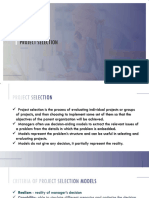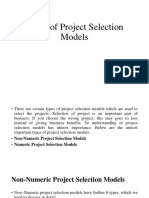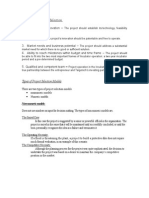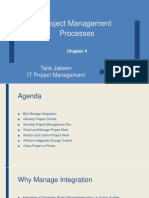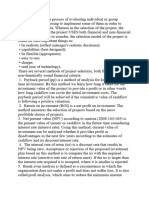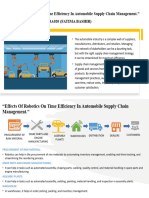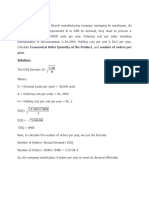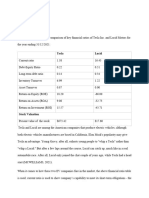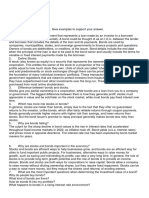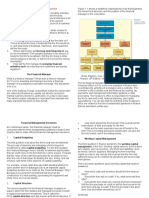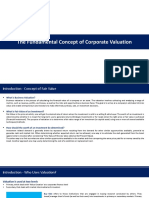❖ CLASSIFICATION OF THE PROJECT
❖ SELECTION CRITERIA OF A PROJECT
OUTLINE
❖ Financial Models
❖ Non-Financial Models
� CLASSIFICATION OF THE PROJECT
Compliance projects are typically those needed to meet regulatory conditions required to operate
in a region; hence, they are called “must do” projects.
Example: a manufacturing plant must install an electrostatic
filter on top of a smokestack in six months or close down.
Operational projects are those that are needed to support current
operations. These projects are designed to improve efficiency of
delivery systems, reduce product costs, and improve performance.
Example: Total quality management (TQM) projects
Strategic projects are those that directly support the organization’s long-run mission. They
frequently are directed toward increasing revenue or market share.
Examples: new products, research, and development.
� SELECTION CRITERIA OF A PROJECT
Financial criteria are the preferred methods to evaluate projects. These models are appropriate
when there is a high level of confidence associated with estimates of future cash flows.
Payback
SELECTION CRITERIA
Financial
net present value
(NPV)
Checklist Models
Multi-Criteria
Non-Financial
Selection Models Multi-Weighted
Scoring Models
Unfortunately, pure financial models fail to include many projects where financial return is
impossible to measure and/or other factors are vital to the accept or reject decision. One
research study showed that companies using predominantly financial models to prioritize
projects yielded unbalanced portfolios and projects that aren’t strategically oriented.
� SELECTION CRITERIA OF A PROJECT
The payback period for a project is the initial fixed investment in the project
Payback divided by the estimated annual net cash inflows from the project.
Payback period (years) = Estimated Project Cost/Net Cash inflows
➢ The payback model measures the time it will take to recover the project investment.
➢ Payback is the simplest and most widely used model.
➢ Payback emphasizes cash flows, a key factor in business.
➢ Some managers use the payback model to eliminate unusually risky projects (those with
lengthy payback periods).
➢ Shorter paybacks are more desirable.
➢ The major limitations of payback are that it ignores the time value of money, assumes cash
inflows for the investment period (and not beyond), and does not consider profitability.
� SELECTION CRITERIA OF A PROJECT
Project A has an initial investment of $700,000 and projected cash inflows of $225,000 for 5 years.
Project B has an initial investment of $400,000 and projected cash inflows of $110,000 for 5 years.
The payback for Project A is 3.1 years and for Project B is 3.6 years. Using the payback method
both projects are acceptable since both return the initial investment in less than five years and
have returns on the investment of 32.1 and 27.5 percent.
� SELECTION CRITERIA OF A PROJECT
Just for the intellectual exercise, note that the total inflow for the project is $759,000, or
$75,900 per year on average for the 10-year project. The required investment is $315,000
(ignoring the biennial overhaul charges). Assuming 10-year, straight line depreciation, or
$31,500 per year, the payback period would be:
A project with this payback period would probably be considered quite desirable.
� SELECTION CRITERIA OF A PROJECT
Financial criteria are the preferred methods to evaluate projects. These
Financial models are appropriate when there is a high level of confidence associated
with estimates of future cash flows.
The payback period for a project is the initial fixed investment in the project
Payback divided by the estimated annual net cash inflows from the project.
Payback period (yrs) = Estimated Project Cost/Annual Savings
The payback model measures the time it will take to recover the project investment. Shorter
paybacks are more desirable. Payback is the simplest and most widely used model. Payback
emphasizes cash flows, a key factor in business. Some managers use the payback model to
eliminate unusually risky projects (those with lengthy payback periods). The major limitations
of payback are that it ignores the time value of money, assumes cash inflows for the investment
period (and not beyond), and does not consider profitability.
�• NET Present Value
• Check list
• Weighted Scoring Model











